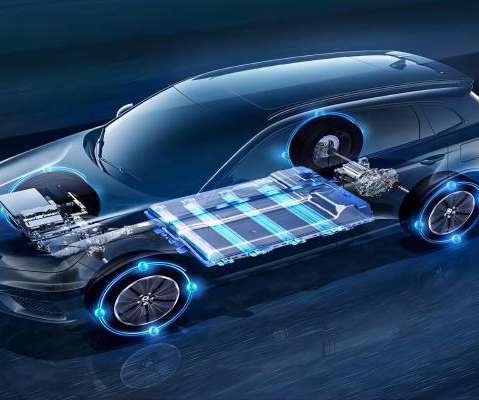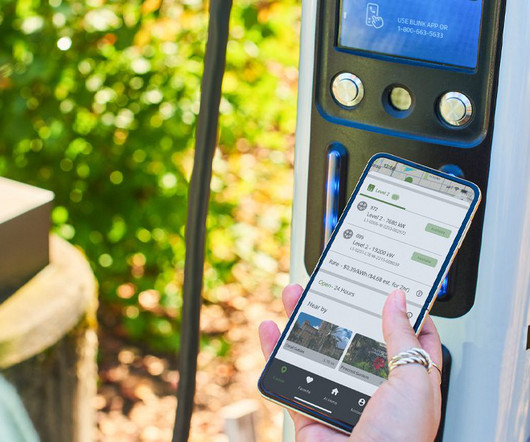What are the types of batteries used in EV? | EV Basics
Setec Powerr
FEBRUARY 5, 2023
Battery: The battery is suitable for pure electric vehicles, including lead-acid batteries, nickel-metal hydride batteries, sodium-sulfur batteries, secondary lithium batteries, air batteries, and ternary lithium batteries. (1) It is widely used as a starting power source for internal combustion engine vehicles.












Let's personalize your content